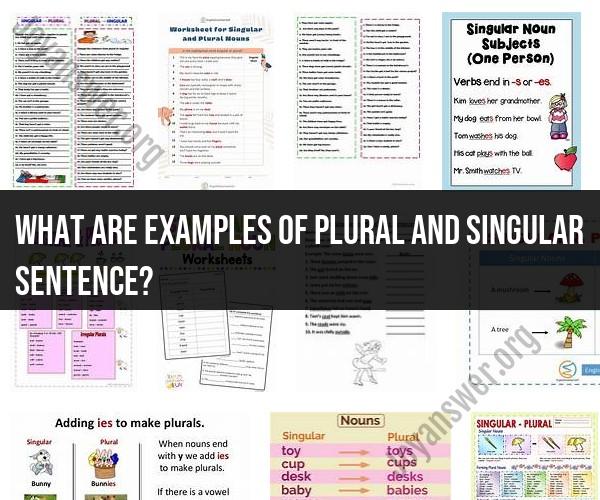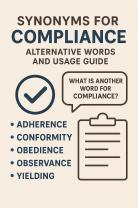What are examples of plural and singular sentence?
Sure, here are examples of singular and plural sentences to illustrate the difference:
Singular Sentences:
- The cat is sleeping on the couch.
- She is going to the store to buy a book.
- He plays the piano beautifully.
- My car needs an oil change.
- The sun is shining brightly today.
Plural Sentences:
- Cats are sleeping on the couch.
- They are going to the store to buy books.
- We play the piano beautifully.
- Our cars need oil changes.
- The sunsets here are always stunning.
In the singular sentences, the subject is referring to one item or person, while in the plural sentences, the subject is referring to multiple items or people. This distinction is important in understanding subject-verb agreement in English grammar.
Examples of singular sentences:
- The cat is sitting on the mat.
- The boy is playing with his ball.
- The woman is reading a book.
- The car is parked in the driveway.
- The tree is in the backyard.
Examples of plural sentences:
- The cats are sitting on the mats.
- The boys are playing with their balls.
- The women are reading books.
- The cars are parked in the driveway.
- The trees are in the backyard.
The main difference between singular and plural sentences is the number of the subject of the sentence. A singular sentence has a subject that refers to one person, place, thing, or idea. A plural sentence has a subject that refers to more than one person, place, thing, or idea.
To make a noun plural, you can usually add an s or es to the end of the word. For example, the singular noun cat becomes the plural noun cats . However, there are some irregular nouns that have different plural forms. For example, the singular noun child becomes the plural noun children .
To make a verb plural, you usually add s or es to the end of the verb. For example, the singular verb is becomes the plural verb are . However, there are some irregular verbs that have different plural forms. For example, the singular verb has becomes the plural verb have .
Here are some more examples of singular and plural sentences:
Singular:
- The dog barks loudly.
- The student is studying for her test.
- The teacher is writing on the whiteboard.
- The bird is flying in the sky.
- The fish is swimming in the pond.
Plural:
- The dogs bark loudly.
- The students are studying for their tests.
- The teachers are writing on the whiteboards.
- The birds are flying in the sky.
- The fish are swimming in the ponds.
As you can see, the verbs in the plural sentences agree with the plural subjects.













